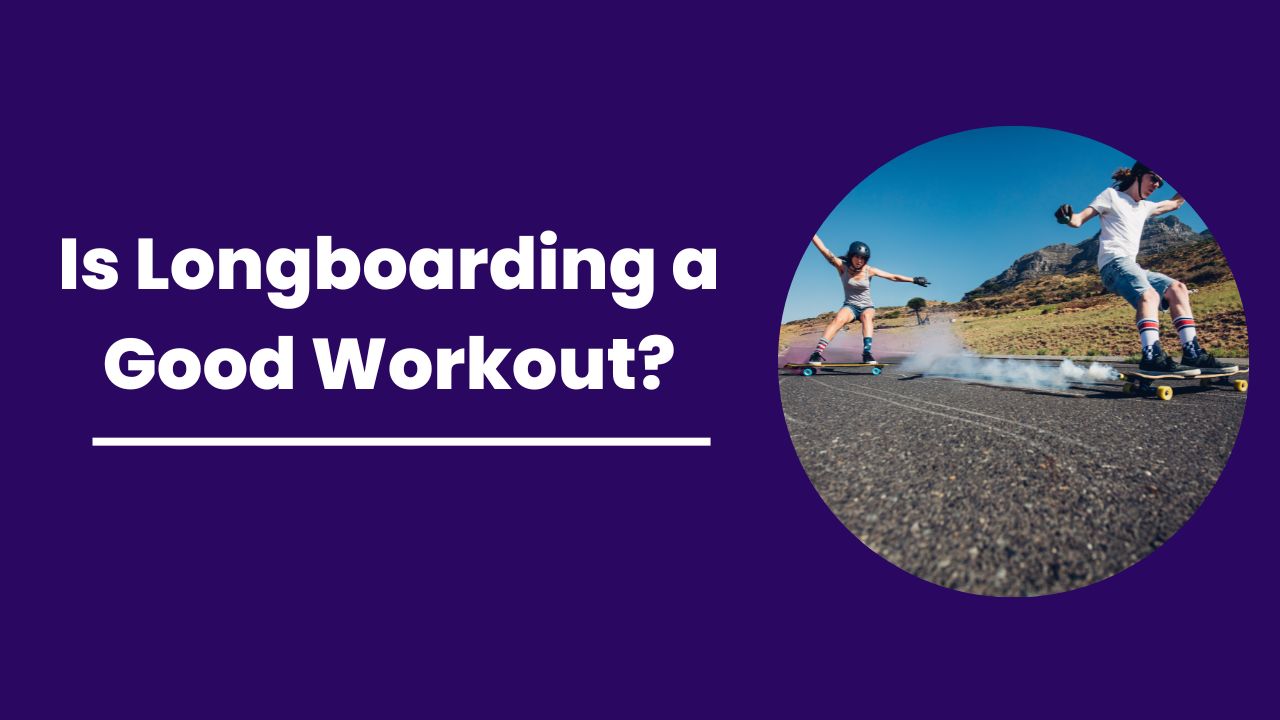If you are passionate about skating and longboarding, you will know that learning is pretty hard. But many people feel so much fun surfing on land for fun and entertainment, more intense workouts, or commuting like riding down hills and carving.
A common question that comes to mind is, is longboarding hard?
A simple and one-word answer to this question is that longboard is not a challenging game to learn if you look to enjoy relaxed riding on the seaside or in the park or if you look to cruise around. It will help if you practice balance and stance and learn to lean, push, turn, and foot brake.

So let’s dive into the prospects of why longboarding is hard.
Contents
Is Longboarding Hard?
The simple answer to this question is yes longboarding is hard. We discuss some of the main points of why is longboarding hard? So let’s dig into this
1. Age
People often think that longboarding is hard for an older person, as a considerable part of longboarding lovers comprises young riders and school or college students. But nowadays, longboarding is also getting on-trend among older people for many reasons.
Getting dived into this innovative sport depends on your physical fitness because longboarding is more demanding on your muscles and knees than walking and golfing. While you come on downhill speed, it can be an extreme and dangerous sport.
However, for younger students, it can be relaxing and mellow with low-impact activity by simply focusing on the smooth and carving nice carves. One funny thing is that when older people want to do longboarding, they look silly when many kids surround them.
Therefore, if you are scared that you are too old to learn longboarding but are in good health to ride on longboards, it is recommended to do it on stable and broader boards, have protection pads, look for a smooth surface, and give it to ride.
2. Weight
It no denies that longboarding is hard for heavy riders.
It all relies on your weight and the rider’s agility. Surprisingly it is seen that some bigger riders are going on swift-moving. If you come under this category, then your weight will be an advantage in gaining momentum on your board while you push or carve.
One important consideration is that your opted longboard should be stable enough to hold your weight. So it is better to opt for a sturdy deck having 8 to 9 plies of maple wood in addition to the layers of some bamboo wood. You might want some element of flexibility for shock absorption and comfort but not too much extent because it will make a weak deck.
Someone having 200lbs, with a low center of gravity on the longboards makes foot braking, pushing, and turning easy.
Therefore, a drop deck platform lower than the mounting holes is ideal because it is lower on the ground if you are heavyweight; while turning around, the pressure on the weight results in wheel bite, so a longboard with cutouts will ease in turning.
3. Fitness Level
Whether you are old or new, if you are physically fit, healthy longboarding will be easy, as the balance is a crucial factor to consider. Some people have very well-performed balancing skills, but even if it’s not your case, you can have balance by practicing on the balance board like an Indo board.
A balance board is easy to learn longboarding, a source of fun, and good preparation for longboarding.
Another important consideration in learning longboarding in practicing and learning longboarding is joint mobility, especially in hips, joints, and ankles. Constant knee and ankle adjustments are ideal for maintaining the stance in longboarding.
With more mobility in your hips, shoulders, and neck, you will feel more comfortable carving turns and changing directions. Foot braking and pushing need more flexibility in lowering yourself, flexing your knees, and allowing your rear foot to go on the ground.
4. Riding Style
As you have learned, longboarding is not hard to learn for mellow cruising, even for older and heavy riders, but what about the riding style?
Freestyle needs much control and balance to continue street tricks like nose rides, kickflips, and manuals, and slash ramps and bowls at skate parks. These skills require a lot of practice to train your muscles and joints. They also give the initiative for shifting your body and popping up your board with the right amount and specific deadlines.
Downhill and free riding is a fast riding skill that needs to master effective speed control and essential foot braking, which do not work on these skills and speeds.
Type Of Longboard
Another factor that contributes to the complex learning of longboarding is the type of board itself. It is hard to decide to opt for the real longboard if you are a beginner. The drop deck longboards are ideal for heavier riders because a low center of gravity gives you a better grip and stability. If your foot is close to the ground, it allows you to brake and push with less effort.
The smaller boards need more effort for balancing, and more enormous decks offer better adjustments in your stance, more room to move, and are ideal for beginners. When you get groomed in your skills, you can try long pintail boards, narrow and pointy from the back. They can be a source of great fun and relaxed cruising. Even the top mounts are not so stable compared to drop-through, depending on the trucks.
Moreover, the vast and soft wheels also make longboarding easy with a smooth ride over bumps and cracks and pavements and on grippier.
Environment
The final and most important consideration to make longboarding hard is the environment in which you are longboarding. A longboarding ride on a smooth and even surface is easy and fun compared to streets full of holes, humps, cracked grounds, and gravel alleys.
A beginner-long border’s life becomes more complex when riding broken sidewalks in busy street cities.
Tips To Make The Longboard Easy
- Step on your longboard while standing still
- Maintain your balance while boarding rolls
- Turning left to right
- Pushing your foot
- Foot braking
- Keep your stance balance
- Opt for the accurate longboard
Read More:
Conclusion
Your long-boarding skill will become an expansion for your body when you learn the basic skills. Most people think that longboarding is quite challenging, but f you know the basic rules of skating, it cannot be hard to dive in.
You have to do the practice and have the balance on the body and board, making your stance stable to be a skilled and professional longboarder.

